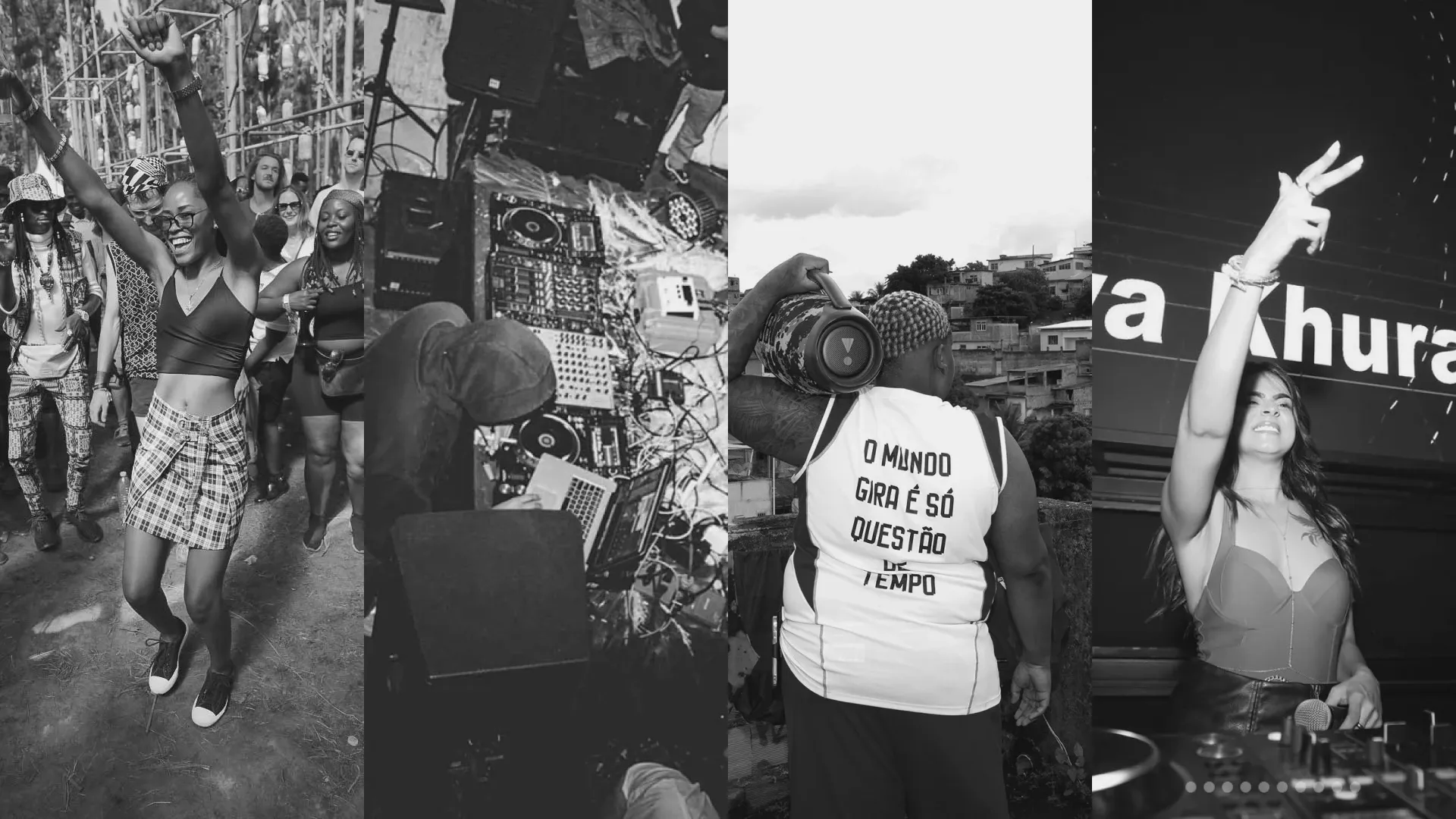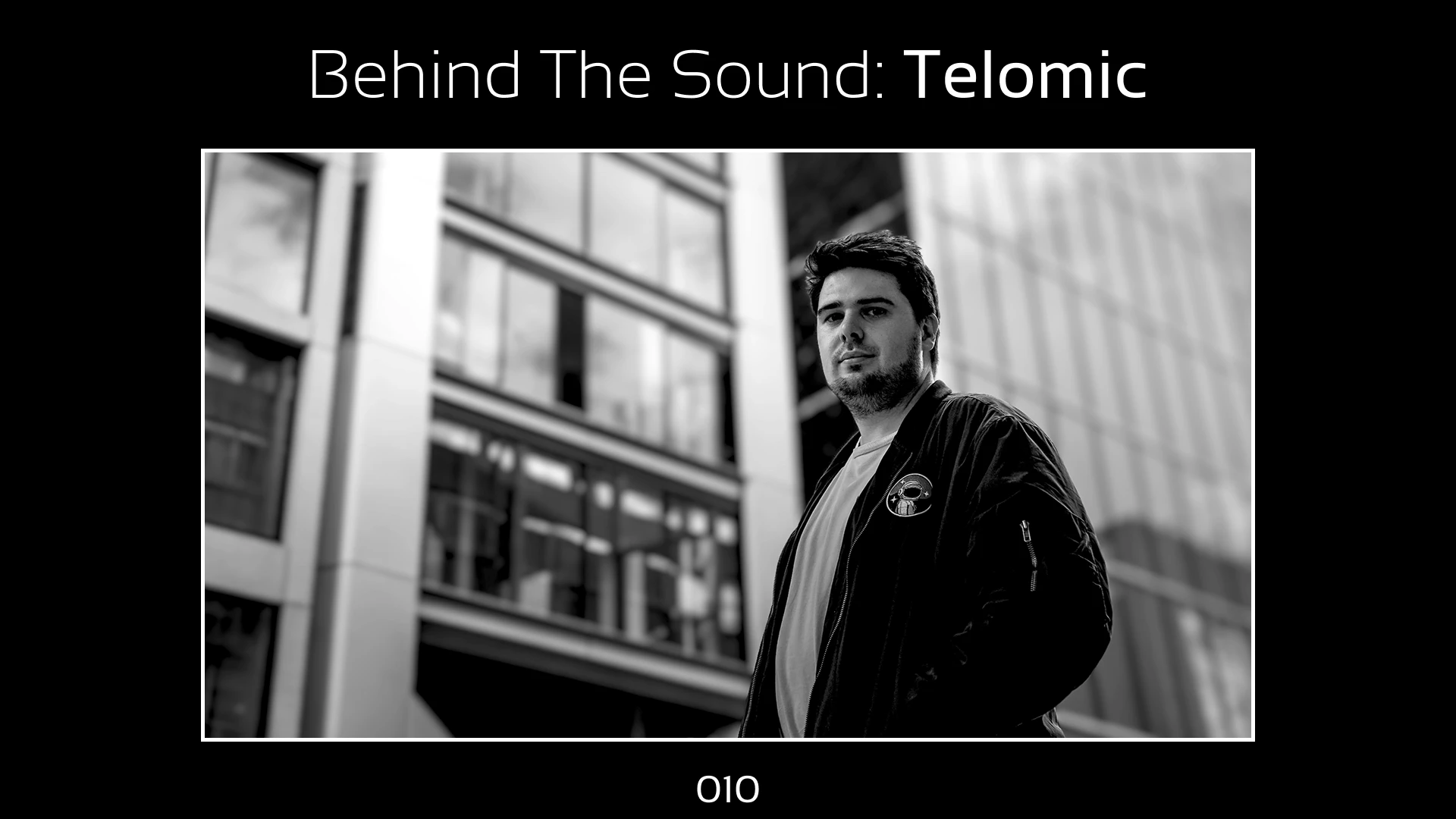The New Global Underground: How Artists from the Global South Are Rewiring Dance & Electronic Music
Discover how producers from Uganda, Colombia, Brazil, and South Asia are reshaping global dance & electronic music. The new underground isn't emerging, it's leading.
5 minutes read
Intro
For much of dance music’s history, innovation has been tightly held by a handful of cities: Detroit, Berlin, Chicago, London, and Amsterdam. These cultural capitals have exported scenes, genres, and aesthetics that defined global electronic music. But that map is being redrawn.
Today, some of the most radical and future-facing club music is erupting not from Europe’s concrete bunkers or New York lofts, but from community-run studios in Kampala, illegal warehouses in Bogotá, and DIY rooftop raves in Mumbai. These aren’t isolated blips or local copies, they’re part of a broader realignment of who creates, controls, and defines the evolution of club culture.
This is the new global underground, where producers from the Global South aren’t just contributing to the conversation. They’re flipping the entire language of electronic music.
Kampala: Nyege Nyege’s Radical Dance Music Network
No discussion of global underground music can start without Nyege Nyege, the Kampala-based collective that has become an icon of experimental African electronic music. Founded in 2013 by Arlen Dilsizian and Derek Debru, Nyege Nyege isn’t a singular label, it’s an ecosystem: a festival, a studio residency, multiple record imprints, and a community of radical Pan-African artists.
Their genre territory is vast: Tanzania’s singeli, a genre built on stuttering, ultra-fast beats (often 180–300 BPM), East African techno hybrids, and collaborations that range from grindcore to glitch. Artists like Slickback, MC Yallah, Jay Mitta, and Duma are genre-agnostic, borrowing freely from global electronic forms while grounding their work in local rhythms, storytelling traditions, and experimental techniques.
Singeli, for example, originated from Dar es Salaam’s working-class neighborhoods. It blends Casio keyboard presets, frenetic tempos, and confrontational MCing. Through Nyege Nyege’s platforms, artists like Bamba Pana have taken singeli from street parties in Tanzania to headline slots at Unsound and CTM Festival.
“It’s not just about exporting music,” said Dilsizian in an interview for Loud And Quiet. “It’s about shifting the balance of cultural power, supporting artists with the tools, resources, and visibility they’ve always been denied.”
Colombia’s Sonic Resistance: The Rise of TraTraTrax
In Bogotá and Medellín, TraTraTrax is making club music volatile again. Founded by DJs and producers Verraco, Nyksan, and Bitter Babe, the label has rapidly earned a cult following for its explosive releases.
What makes TraTraTrax distinct is its raw, unapologetic “Latinidad”. The label’s music draws heavily from regional genres like guaracha, champeta, cumbia, and dembow, but mangles them through industrial distortion, techno polyrhythms, and acid basslines. It’s Latin dance music, warped through a post-colonial lens.
Listen to Verraco’s "Grial" or the label’s standout compilation no pare, sigue, sigue, and you’ll hear the complex politics; rooted in South America’s colonial history, but with an eye toward a decolonial electronic future. They’re rejecting Western minimalism in favour of rhythmic chaos, challenging musical norms and geopolitical assumptions.
TraTraTrax artists are increasingly featured in global club contexts; Berghain, Boiler Room, and Dekmantel, but they bring with them a fierce independence. Their goal isn’t assimilation. It’s disruption.
Brazil’s Sound-Based Militancy: Funk Carioca and Its New Wave
In Brazil, funk carioca has long been the soundtrack of the favelas raw, loud, and unfiltered. However, a new generation of producers is taking funk’s foundational elements and reshaping them into radical electronic forms. This is not the slick, pop-influenced “Brazilian funk” that dominates TikTok and global Spotify charts. This is baile funk; dirty, political, and rooted in working-class defiance.
Producers like DJ Ramon Sucesso, BADSISTA, VHOOR, and collectives such as TORMENTA and Mamba Negra are at the forefront. They blend funk’s call-and-response vocals with elements of grime, trap, industrial techno, and even drone.
At the same time, this scene resists the commodification of funk by Brazil’s mainstream. Many of these artists work outside institutional support structures, self-releasing music on Bandcamp, using WhatsApp as a distribution channel, or organising parties without permits. It’s both a sound and a political stance.
Funk, for them, isn’t just a genre, it’s a weapon. A tool for survival and expression in a country where state violence against black and favela communities is systemic and brutal.
South Asia’s Digital Diaspora: The New Wave in India and Pakistan
In India, a new club revolution is unfolding. While the country has had a long relationship with dance & electronic music, from Goa trance to Bollywood EDM, the current scene is different: more diverse, experimental, and hyperlocal.
At the core of this shift are collectives like Krunk Kulture, REProduce Artists, and Boxout.fm, which are building infrastructure for a new generation of producers exploring everything from jungle to lo-fi house to South Asian percussion-infused breaks.
Artists like Sandunes, KAVYA, Oceantied, and Lush Lata are creating emotionally rich music that weaves in Indian classical scales, field recordings from Delhi or Kolkata, and samples of Bollywood obscurities, without leaning into exoticism.
Meanwhile, in Pakistan, artists like TMPST are experimenting with ambient, glitch, and techno as tools of introspection and resistance in a tightly controlled cultural environment.
The internet plays a huge role here; not just in distribution, but in forming community across borders. Bandcamp, Instagram, and SoundCloud are lifelines. They allow artists to bypass gatekeepers and connect directly with global scenes, from club nights in Lisbon to radio shows in Melbourne.
Toward a Decolonial Club Culture
The common thread across all these movements is more than just sound, it’s a political and aesthetic realignment. These artists aren’t simply making electronic music “with a twist”, they’re rejecting the industry’s historic erasure and asserting new standards of visibility, value, and legitimacy.
Rewriting the Map, Beat by Beat
The rise of the new global underground isn’t about tokenism, nor is it about replacing one centre with another. It’s about fracturing the old hierarchies entirely, embracing a networked, messy, and multivocal club culture.
We’re not just in a post-genre world, we’re in a post-geographic one. The idea of the “periphery” is crumbling. From the undergrounds of Kampala to the rooftops of Medellín, the Global South isn’t catching up, it’s setting the tempo.
And the rest of the world? It’s time to listen.
Suggested Listening:
Jay Mitta – Tatizo Pesa (singeli, Tanzania)
Verraco – Escándaloo (TraTraTrax, Colombia)
BADSISTA – SPDRIP (Brazil)
Sandunes, KAVYA – Follow Me (India)
Jay Mitta, Chrisman – Wakube (Uganda)
Sandunes – Fifty Percent (feat. Ramya Pothuri) (India)



